How to choose meat at the market and in stores. Advice from a real butcher
Categories: Food and Drinks | Life hacks
PictolicA user of the Pikabu website under the nickname ArsenZa posted a story about how to choose meat correctly: “When I wrote a post about the tricks of store salespeople, a lot of negative comments appeared in the comments about how I was insulting honest workers at the counter and that butchers are no better, and doctors are ignorant, it’s a total nightmare.
I would like to note that these posts do not have the goal of educating vegans, to whom I have a rather bad attitude, or insulting anyone, but are created in order to draw the reader's attention to important details that allow you to save money and health."
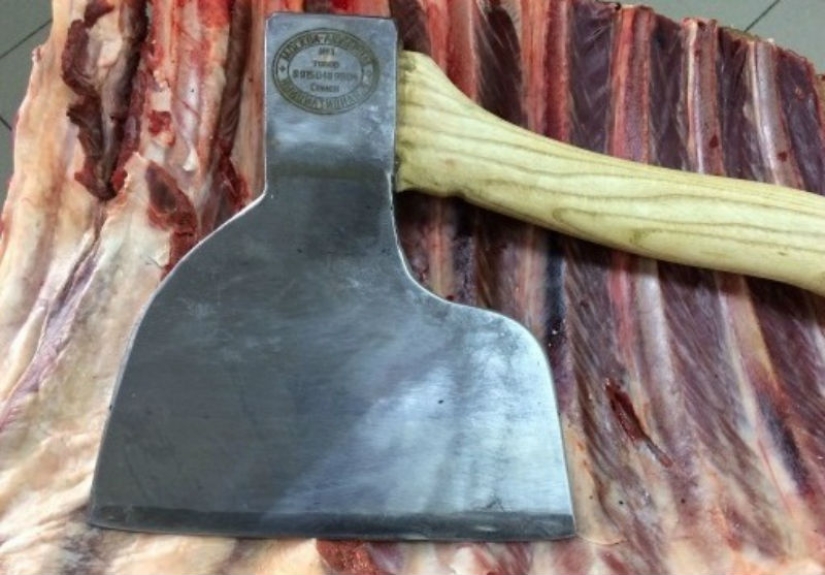
So, today's post is about how to choose meat at the market and in the store. And about some tricks of butchers.
Let me make it clear right away - there is no consensus on where it is better to buy meat. From hands or at the market, the meat is often natural and of higher quality, but, on the other hand, there is a higher risk of dangerous infectious diseases. In the store - the larger the store, the safer, but at the same time, the quality of the meat and its taste often leave much to be desired, and often there is poor butt-handed cutting of meat.
In any case, you should always be careful when choosing, even if the place is "verified" and everything was fine. Here are some evaluation criteria:
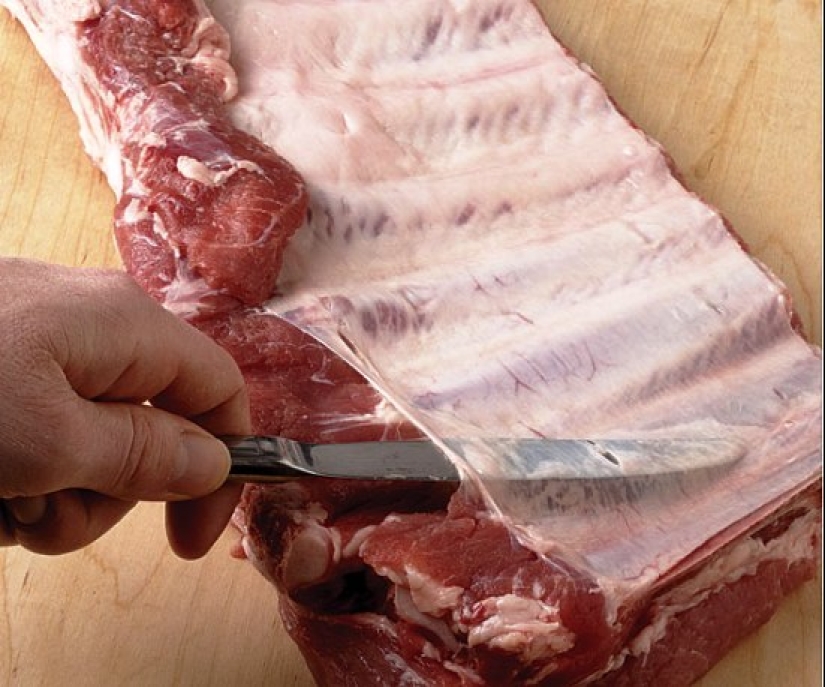
Each muscle in the body is covered with a thin connective tissue membrane. These films are quite difficult to remove, customers do not like them, and yet this membrane is a natural sign of quality. In stores and markets, when a piece of meat is delayed or begins to spoil, the top layer of 1-2 centimeters is cut off and they continue to sell (by the way, the cut pieces are often sent to mince, this should also be remembered). And so on until they sell or until there is nothing left to cut. Of course, the employees of any hypermarket will say that this never happens, all unsold meat is written off and disposed of on time. Who to believe, decide for yourself.
So, if you have a piece of meat covered with fascia on three sides, and a piece of film that is carefully cleaned, it is better to take it with the film. And yes, it is on these films that the veterinary stamp is put: a piece with an uncut stamp is especially good. And yes, I know that fresh meat is bad, it needs to mature and lie down, and nevertheless I think that it is better to buy fresh meat, at an early stage of maturation, it is safer.
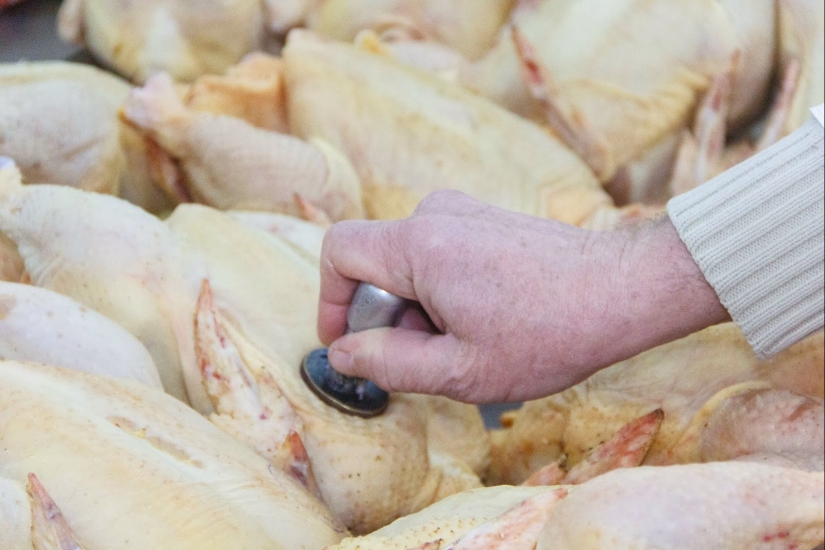
It is also mistakenly called a seal. Four brands are placed on the carcass. One on the shoulder blade and thigh on each side of the carcass. The brand must be oval-shaped with six clearly distinguishable digits. The first pair is the region number (they do not correspond to the car numbers of the regions), the second is the district/city number in the region, the third is the laboratory/slaughterhouse/meat-packing plant number. If at least one of the pairs is poorly distinguishable or indistinguishable, the meat is counterfeit. Unscrupulous traders use brands with cut-off numbers or those that deliberately leave a slightly blurred trace.
Some have fake brands with all the numbers as they should be, but the punishment for such a trick is much stricter, so it is rare. The brand number must correspond to the veterinary certificate in form No. 2 (blue paper of A5 format). It is clear that everything can be forged, but judging by the nervous behavior of the seller (if you ask for a veterinary certificate and carefully examine the brand) you can assume that something is fishy here, and simply do not buy from this seller.
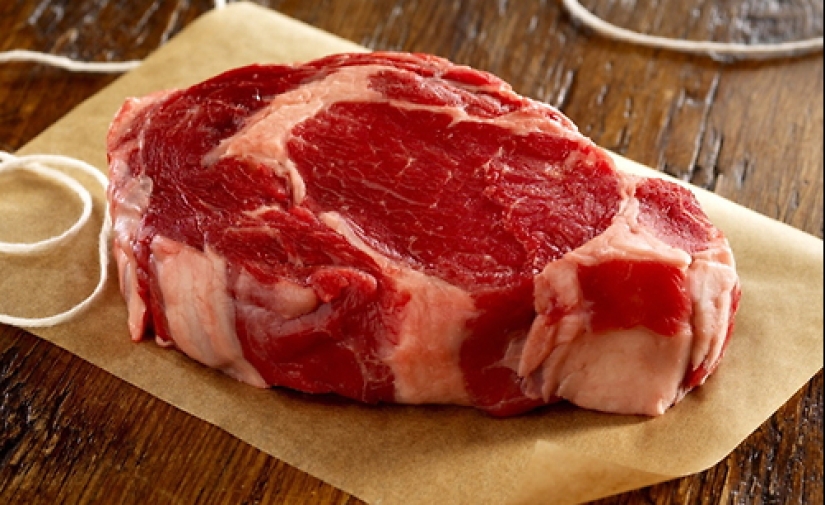
An important point for pork, lamb and veal. It should be remembered that bones that are too small are suspicious. No sensible farmer will slaughter young animals - it is not economically profitable. They slaughter "culls", that is, sick, weak, injured animals. The chances of encountering some nasty thing increase significantly. Bones that are too large are also bad: the animal is old, perhaps a sow or a cow culled from the herd "due to age". Such animals are also given away by an excessive amount of fat (some savvy beef sellers pass this off as "marbling").
I would like to say something about veal separately. It is often distinguished by the color of the meat, but this is not entirely correct. In addition to the color, veal has a characteristic feature: the absence of fat (it simply does not have time to be deposited), fairly large bones (in a normally developing healthy calf, the skeleton greatly outstrips the muscles in growth) with a noticeably smaller amount of meat on them. I will add on my own behalf - good veal is a great rarity, most often all sorts of crap is sold under its guise, as well as under the guise of "milk piglets".
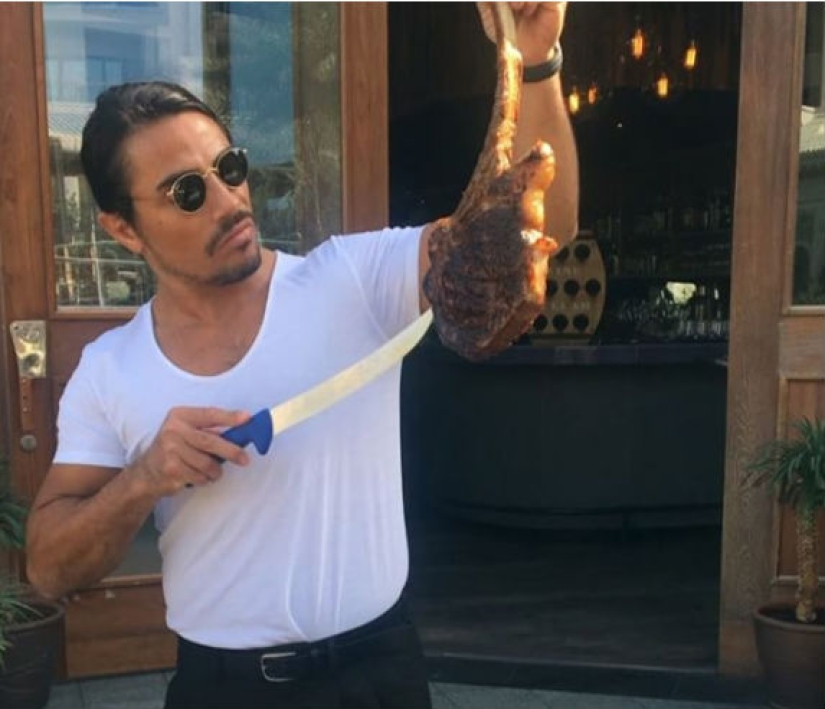
You can tell a good butcher by his chopping block. It is even (if you chop carelessly, a dent will quickly form on the side where you chop), white - rubbed with beef fat. This is an important criterion: on a well-rubbed block, the meat does not touch the wood at all, you will not get splinters. And yes, if the butcher rubbed the block with fat in the morning, in the evening he will have to thoroughly clean it and sprinkle it with salt, otherwise it will stink up. Therefore, an even, fat-rubbed block is a sure sign of a responsible person who has an idea of sanitary standards. You can buy pork ribs from such a person and ask him to chop them up "into a cartridge belt" - most likely, the result will not disappoint you.
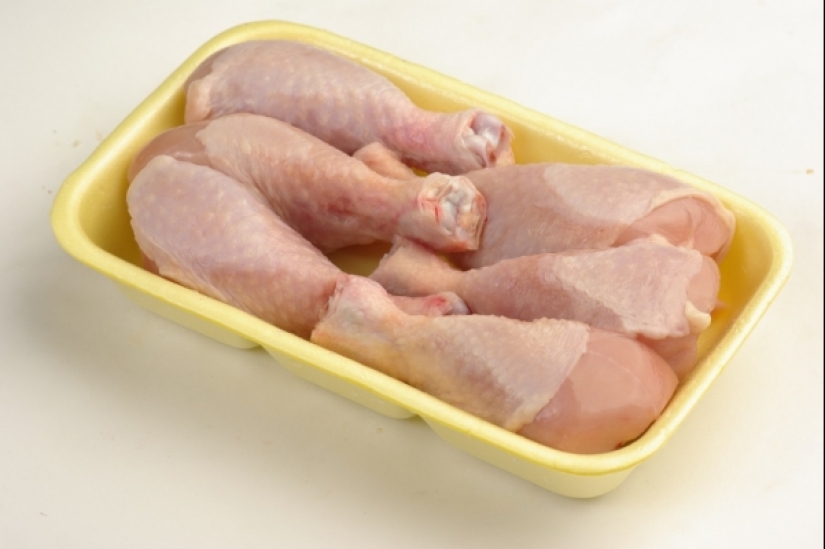
Provided that the packaging is intact and the markings/labels are correct, the safety of such meat is higher (but not absolute, there is no guarantee against the negligence of the packer or violation of the temperature during storage/transportation). However, the probability of buying much more bones/fat/tendons is higher than it seems at first glance. Fraud with varietal cutting is not uncommon - not every person can distinguish a piece of ham from a piece of shoulder blade, etc. by eye. Therefore, in large stores, it is better to buy meat "from the display case" and ask the seller to show the meat from all sides.
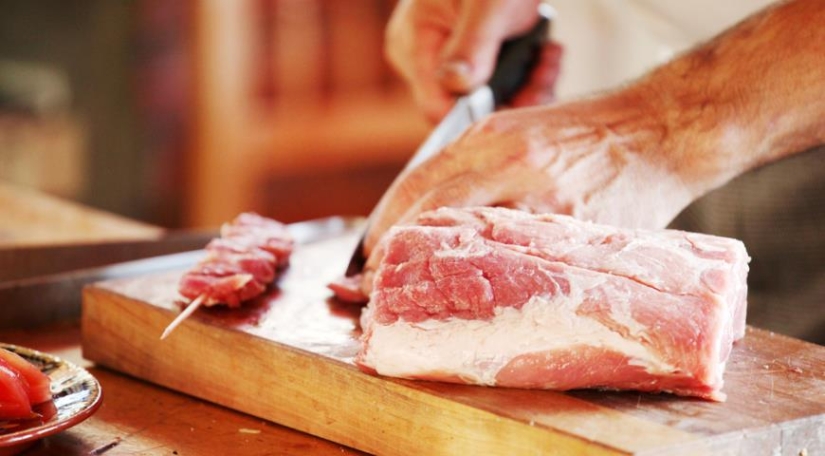
Very often found in large stores. This is when the semi-finished product has more bones than it should (in entrecote the vertebral body is not cut out, in loin the vertebral body and long rib are left), or when a large and seemingly beautiful piece actually has several tendons inside and falls apart into several pieces during cooking. In the first case, you buy a bone at the price of meat, in the second, the culinary value of the meat is greatly reduced and you will not be able to cook many dishes from it.
I would also include here the disgusting industrial cutting of pork ribs, when only the intercostal muscles are left, and the layer of meat above the ribs is cut to zero. Formally, these actions do not violate any norms and rules, but in fact, you are being deceived, selling at the price of meat what should go into minced meat and soup sets.
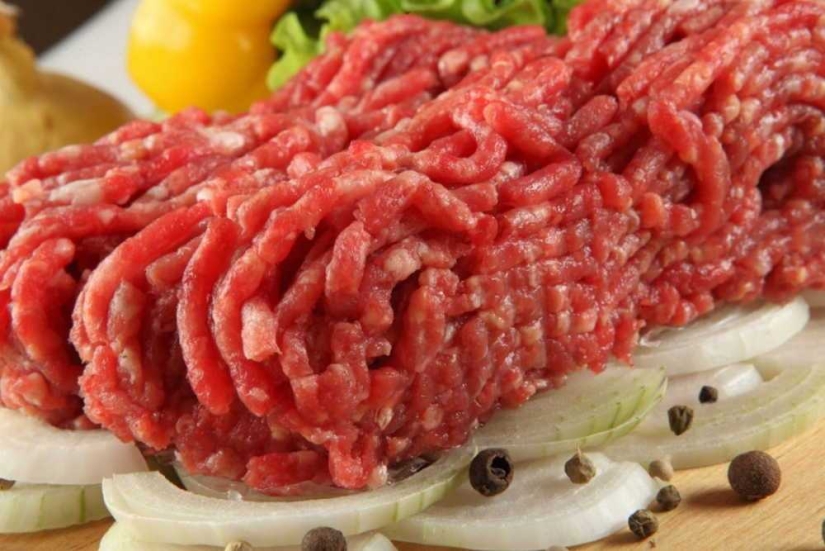
In any case, third-grade meat is used for mincing. No one in their right mind would use good meat for mincing in any place. Minced meat can be fresh and safe, but it is always third-grade. If you want good minced meat, buy the meat and make it yourself - this is the golden rule. If you buy meat and ask the store to grind it for you, ask them to wash the mincer and assemble it in front of you, otherwise it may end badly.
Recent articles

Heavy scent of expensive perfume mixed with cigarette smoke filled the air. In the corridors with a luxurious interior, heard the ...

Nature is a talented creator who creates real masterpieces. But sometimes she likes to joke. And in such cases, the most virtuoso ...

Comes before Christmas, and that means office parties and a fun party is not far off. The festive mood darkens only the thought of ...